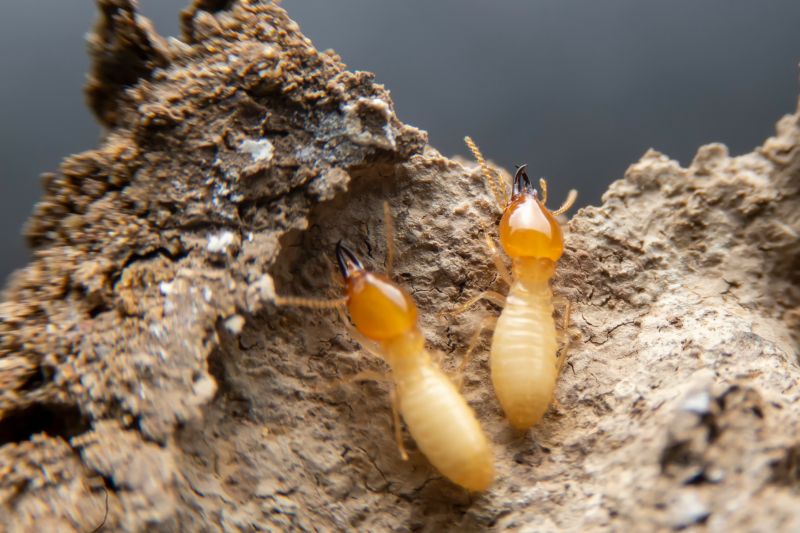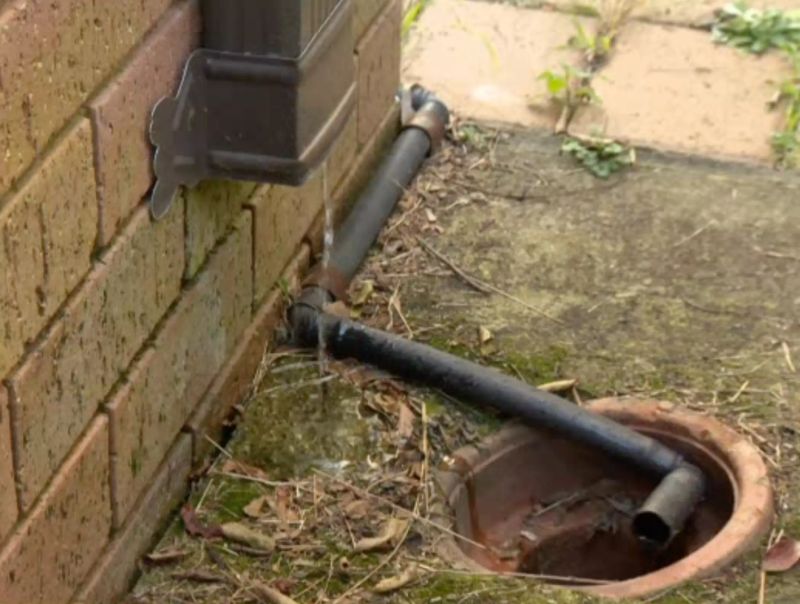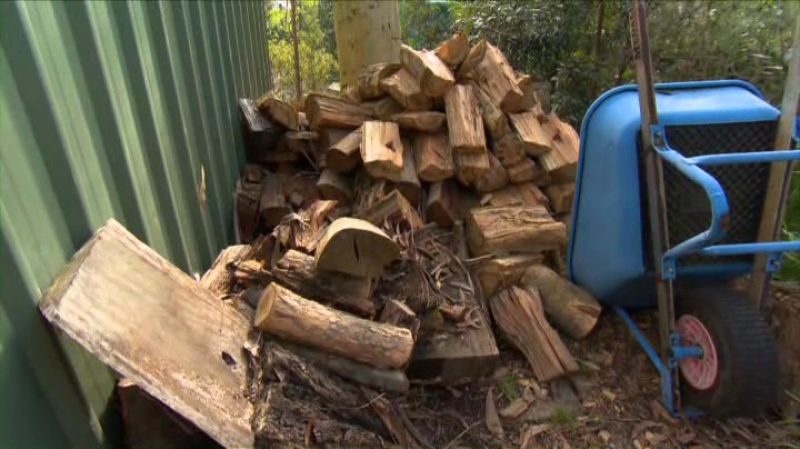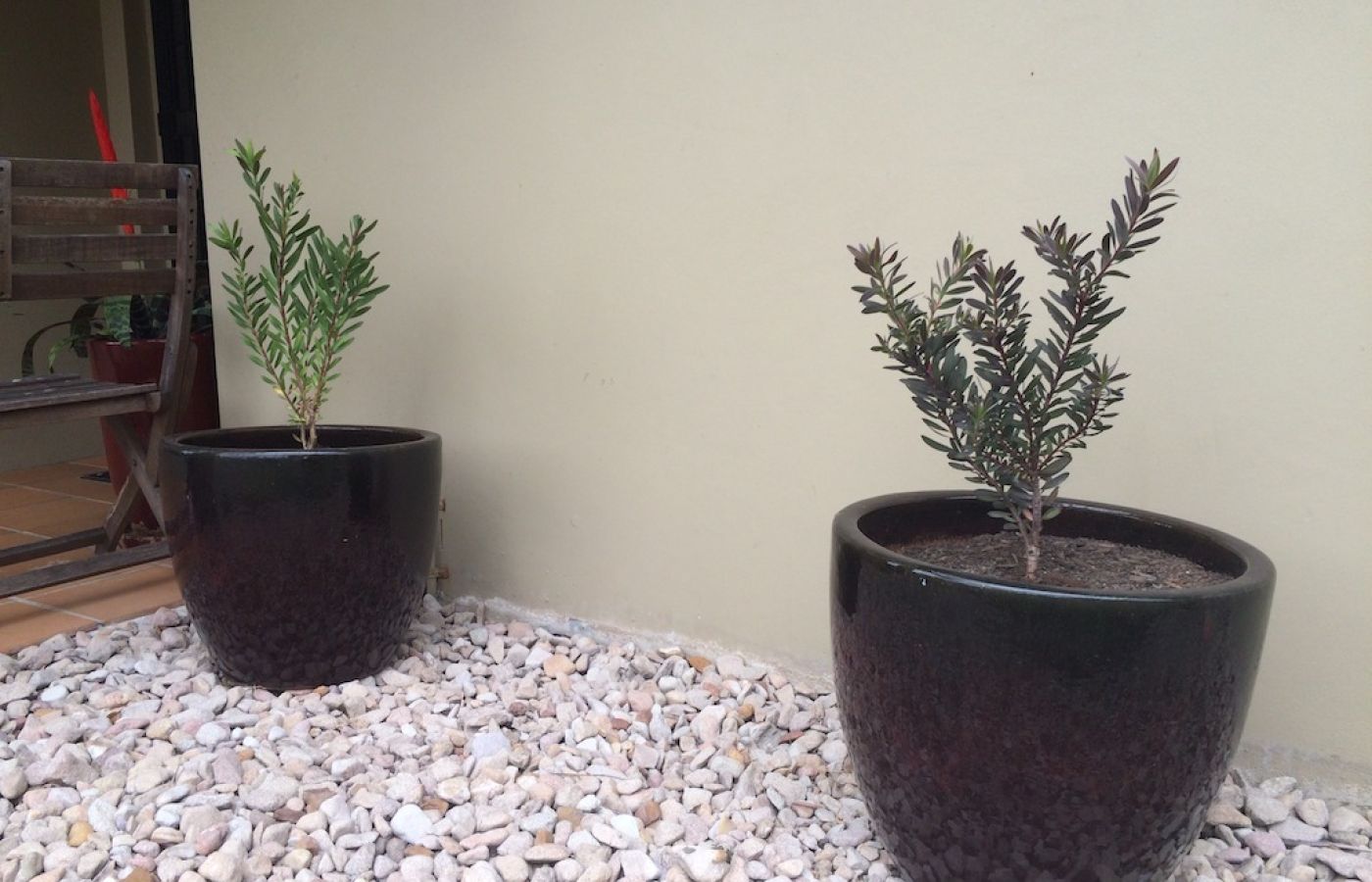
Termites are everywhere! CSIRO estimates that in Australia, 80% of homes are within 25 m of a termite nest.
Furthermore, termites will search in all direction from their nest and travel over 100 m looking for food.
So it makes sense to take actions to make your property less attractive to termites. Keeping them out of your yard will reduce the chances that they may find and attack your home.
So how do you make your garden less attractive to termites?
Firstly, termites love moisture. So if you can keep the area immediately around the perimeter (and under) your home nice and dry, it creates a good natural barrier to termites.
Secondly, termites like to eat wood. So eliminating potential wood sources in the yard means the termite will need to look elsewhere for food.
Here are the key actions to take…

Five actions to eliminate moisture around your home
- Ensure that your home has good drainage – water should flow away from the building.
- Make sure gutters don’t leak
- Ensure all downpipes, taps, and hot water tank and air-conditioning overflows are over a stormwater drain
- Fix any dripping taps
- Don’t install a watering system in the garden around the perimeter of the building

Five actions to reduce termite food in your yard
- Don’t use wood mulch (even “resistant” wood mulch)
- Remove (dig up) any tree stumps or dead trees
- Store any firewood away from the house and keep off the ground (e.g. On a raised metal platform)
- Avoid using wood sleepers as retaining walls
- Avoid having any wooden structures in direct contact with the ground
Options for gardens around the building perimeter
Everyone wants the area surrounding the home to look good, and people use plants to hide hard edges and any defects. But dense gardens around the home create a termite haven just where you don’t want it!
Remember. Reduce moisture and remove food…
As you want to keep the ground as dry as possible, using plants in pots is the smart option. This also prevents plant roots from invading the building brickwork, which can create highways for termites to enter the building. Using pebbles instead of wood or straw mulch eliminates a potential food source.
Pebbles as mulch and plants in pots are good options around the home perimeter.
A word of caution, pouring concrete paths, laying pavers or building decks adjacent to the walls that abut the building is a recipe for trouble, especially if they block weep holes and vents. Covering the lower levels of bricks without termite protection in place and preventing the inspection of the edges of the building gives termites an easy way in without being noticed.
Although a termite-smart garden will reduce the “termite pressure” on your property, it does not provide a 100% guarantee you will avoid a termite attack. This is why you should always still have professional termite inspections (at least annually) and, in most cases, have a termite protection system in place.

